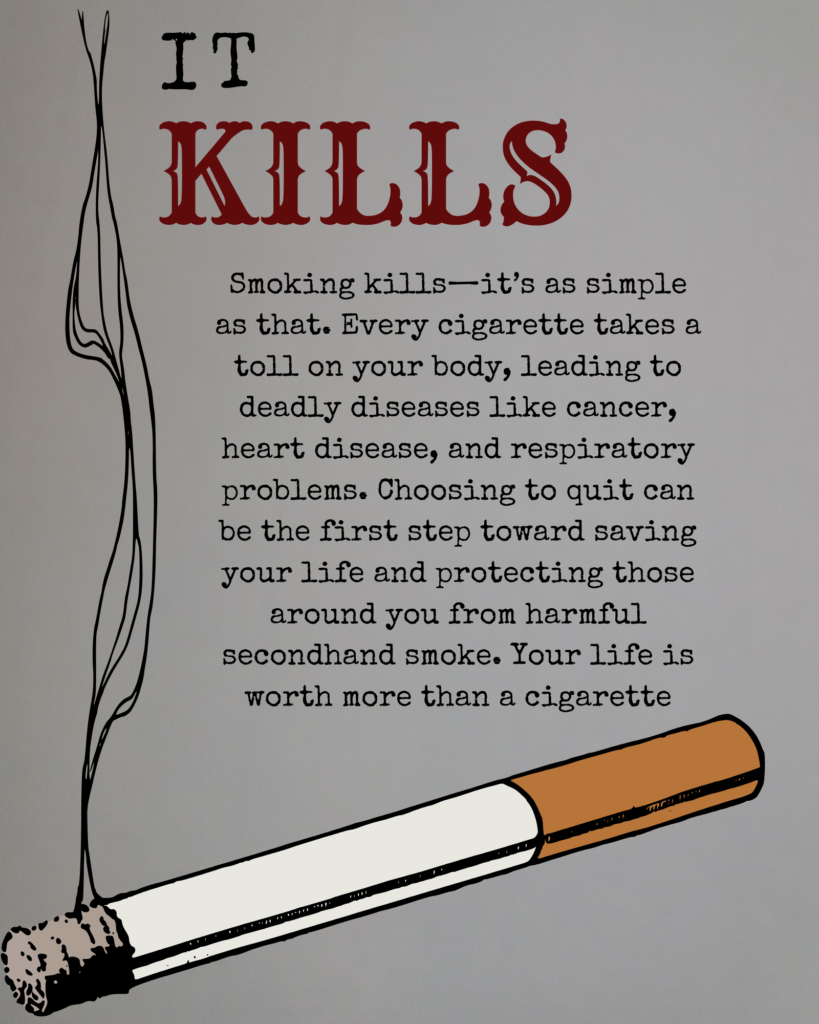Twine Story Telling
This is an interactive story about launching a rocket into space, where every decision you make shapes the outcome of the mission. From handling technical challenges to navigating unexpected situations, your choices will determine whether the mission ends in success or failure. Dive in and see if you have what it takes to guide the rocket to its goal!
Here is the link to the game: Rocket Launch Adventure


A story with multiple branches, like the one made for rocket launch, gives a lively learning environment to students. It promotes them to make active choices, think critically and comprehend cause-and-effect relationships. Within the scenario of rocket launching narrative, learners study how decisions such as postponing a launch or moving forward despite dangers can result in different effects. They can evaluate consequences of their actions through this process which helps enhance problem-solving abilities and flexible thinking skills. When learners are given agency, branched narratives captivate them both emotionally and intellectually. This makes the learning process more engaging and something they will remember.
Video for Learning
In the video, I plan to show a simple, step-by-step guide on how to make a classic margarita from scratch. The goal is to make the process easy to follow for anyone, whether you’re a beginner or a cocktail enthusiast. By breaking it down into clear steps with visual demonstrations, I want viewers to feel confident recreating this refreshing drink at home. The video will be both instructional and fun, highlighting how a few simple ingredients can come together to create the perfect margarita.
Storyboard & Script

Short Video
Capturing video away from the screencast was an exciting but slightly more complex experience. It required me to think about not just the content but also the visuals, framing, lighting, and overall flow of the video. One of the main challenges I faced was ensuring that the setup looked clean and professional while working with the tools and space I had. Adjusting the camera angles to get the perfect shots for each step of the margarita-making process took more time than expected, and it was tricky to avoid shadows or uneven lighting.
On the other hand, what I found easier was working hands-on with the ingredients and demonstrating the steps. It felt more natural and engaging compared to narrating over a screencast. The tactile process of actually doing something in front of the camera helped me connect more with the content.
Next time, I would plan the setup more thoroughly, perhaps experimenting with better lighting beforehand and testing camera positions to save time during the shoot. I would also consider scripting and rehearsing transitions between steps to ensure a smoother and more polished final video.
Comment to Other’s Post (Aiden Lattanzi)







Recent Comments